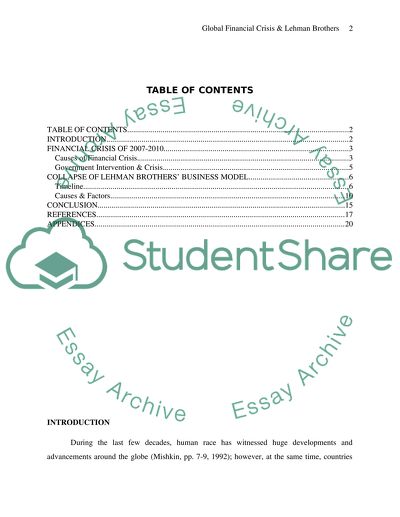Cite this document
(“A)Review the causes of the financial crisis of 2007-2010 and decide Dissertation”, n.d.)
Retrieved from https://studentshare.org/family-consumer-science/1418730-areview-the-causes-of-the-financial-crisis-of-2007-2010-and-decide-whether-it-is-linked-to-too-much-or-too-little-government-i
Retrieved from https://studentshare.org/family-consumer-science/1418730-areview-the-causes-of-the-financial-crisis-of-2007-2010-and-decide-whether-it-is-linked-to-too-much-or-too-little-government-i
(A)Review the Causes of the Financial Crisis of 2007-2010 and Decide Dissertation)
https://studentshare.org/family-consumer-science/1418730-areview-the-causes-of-the-financial-crisis-of-2007-2010-and-decide-whether-it-is-linked-to-too-much-or-too-little-government-i.
https://studentshare.org/family-consumer-science/1418730-areview-the-causes-of-the-financial-crisis-of-2007-2010-and-decide-whether-it-is-linked-to-too-much-or-too-little-government-i.
“A)Review the Causes of the Financial Crisis of 2007-2010 and Decide Dissertation”, n.d. https://studentshare.org/family-consumer-science/1418730-areview-the-causes-of-the-financial-crisis-of-2007-2010-and-decide-whether-it-is-linked-to-too-much-or-too-little-government-i.


